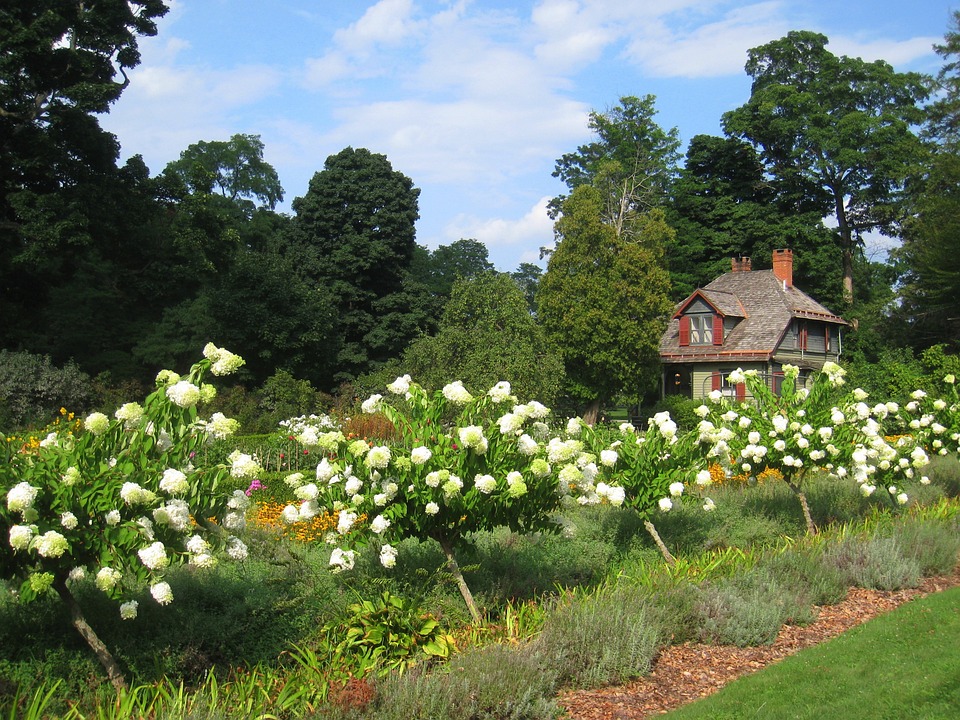Revolutionizing Indoor Spaces: The Rise of Vertical Gardens
Introduction
Vertical gardens, also known as living walls or green walls, have gained significant popularity in recent years as a way to revolutionize indoor spaces. These innovative and visually appealing structures bring nature indoors, providing numerous benefits both for the environment and the occupants of the space. In this article, we will explore the rise of vertical gardens and their potential to transform our indoor environments.
The Benefits of Vertical Gardens
Vertical gardens offer a myriad of advantages that contribute to their growing popularity. Firstly, they act as natural air purifiers, filtering out harmful toxins and pollutants from the air. The plants absorb carbon dioxide and release oxygen, improving the air quality and creating a healthier indoor environment.
Moreover, these gardens provide an effective solution for space optimization. In urban areas where space is limited, vertical gardens allow for the efficient use of vertical surfaces, transforming dull walls into beautiful and vibrant green spaces. They offer a creative way to bring nature into urban settings and address the issue of diminishing green spaces.
Additionally, vertical gardens provide insulation, acting as a natural barrier against temperature changes. This helps to reduce the energy consumption required for heating or cooling indoor environments, leading to greater energy efficiency and cost savings.
The Technology Behind Vertical Gardens
Vertical gardens rely on innovative technology to create a sustainable and self-sufficient ecosystem. Typically, a modular system is used, consisting of various components such as a frame, irrigation system, planting pockets, and growing medium. The frame supports the weight of the plants and keeps them in place, while the irrigation system ensures an optimal water supply for their growth.
In recent years, advancements in technology have further enhanced the functionality of vertical gardens. Automated irrigation systems allow for precise control of water supply, ensuring that each plant receives the necessary amount of water. LED lighting systems can also be incorporated to provide the ideal light conditions for plant growth, allowing vertical gardens to thrive even in indoor spaces with limited exposure to natural light.
The Impact on Indoor Spaces
The introduction of vertical gardens has revolutionized the concept of indoor design. From office buildings to shopping malls and even residential homes, vertical gardens have become a focal point in many spaces, adding a touch of natural beauty and tranquility. These living walls create a sense of connection with nature, promoting a feeling of well-being and reducing stress levels.
Furthermore, vertical gardens can have a positive impact on the overall climate of an indoor space. The plants help to regulate humidity levels, reducing the dryness often experienced in air-conditioned environments. This can lead to improved comfort for occupants, as well as reduced prevalence of health issues such as allergies and respiratory problems.
FAQs Section
How do vertical gardens receive water?
Vertical gardens are equipped with irrigation systems that deliver water to the plants. These systems can be set on timers or use sensors to monitor moisture levels and provide water as needed.
Can any plant be grown in a vertical garden?
While there are some plants that are better suited for vertical gardens due to their growth habits, many types of plants can thrive in these environments. However, it is important to consider factors such as light requirements and the availability of appropriate growing mediums.
Do vertical gardens require a lot of maintenance?
Vertical gardens do require some maintenance, such as regular watering, pruning, and occasionally replacing plants. However, the level of maintenance depends on various factors including the plant selection, environmental conditions, and the sophistication of the irrigation system.
Are vertical gardens environmentally friendly?
Vertical gardens contribute to environmental sustainability by improving air quality, reducing energy consumption, and promoting biodiversity. They provide a natural habitat for birds and insects, contribute to urban cooling, and reduce the urban heat island effect.
Can vertical gardens be installed indoors?
Absolutely! Vertical gardens are an excellent way to incorporate greenery into indoor spaces. With advancements in technology, it is now easier than ever to create thriving vertical gardens indoors, even in spaces with limited access to natural light.




